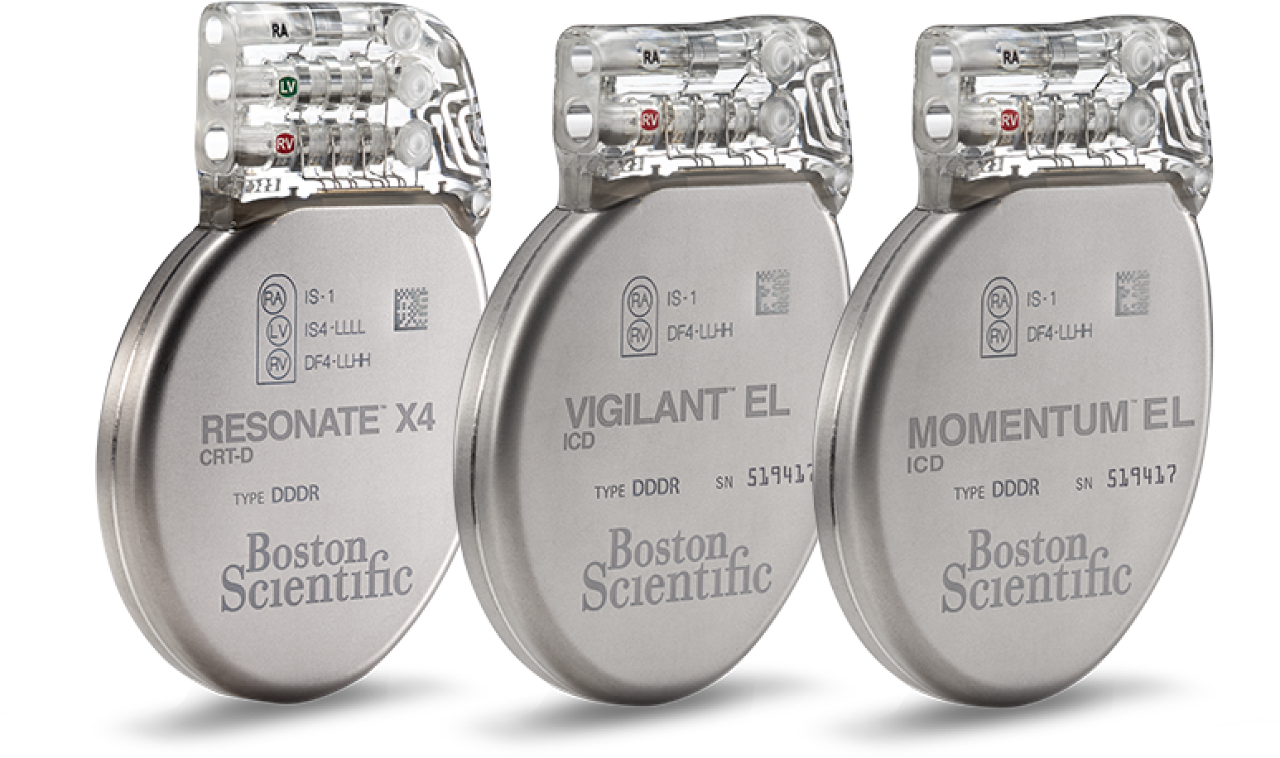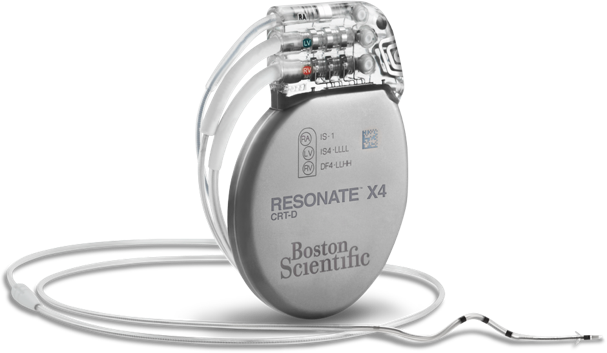Important Safety Information
Cardiac resynchronization therapy pacemakers (CRT-P) and defibrillators (CRT-D) are designed to treat heart failure patients who may or may not have symptoms or who may have symptoms despite the best available drug therapy. They are also designed to help your heart pump more effectively and meet your body’s need for blood flow. These devices are sensitive to strong electromagnetic interference (EMI) and can be affected by certain sources of electric or magnetic fields. With all medical procedures there are risks associated. In regard to an implanted ICD, the risks include but are not limited to inappropriate shock, lead moves out of place, loss of stimulation capability, allergic reaction, fluid underneath the skin, and infection. In rare cases device failure or death can occur. Be sure to talk with your doctor so that you thoroughly understand all of the risks and benefits associated with the implantation of this system. To obtain a copy of the device Patient Handbook for more detailed device safety information, go to www.bostonscientific.com, or you can request a copy by calling 1-866-484-3268 or writing to Boston Scientific, 4100 Hamline Ave. N., St. Paul, MN 55112.
Device Quality and Reliability
It is Boston Scientific’s intent to provide implantable devices of high quality and reliability. However, these devices may exhibit malfunctions that may result in lost or compromised ability to deliver therapy. Refer to Boston Scientific’s CRM product performance report on www.bostonscientific.com for more information about device performance, including the types and rates of malfunctions that these devices have experienced historically. While historical data may not be predictive of future device performance, such data can provide important context for understanding the overall reliability of these types of products. Also, it is important that you talk with your doctor about the risks and benefits associated with the implantation of a device.
92481216 (Rev. A)
CRM-1318212-AA





